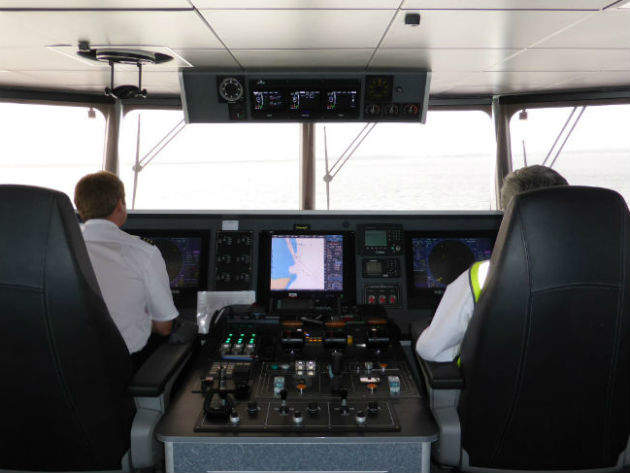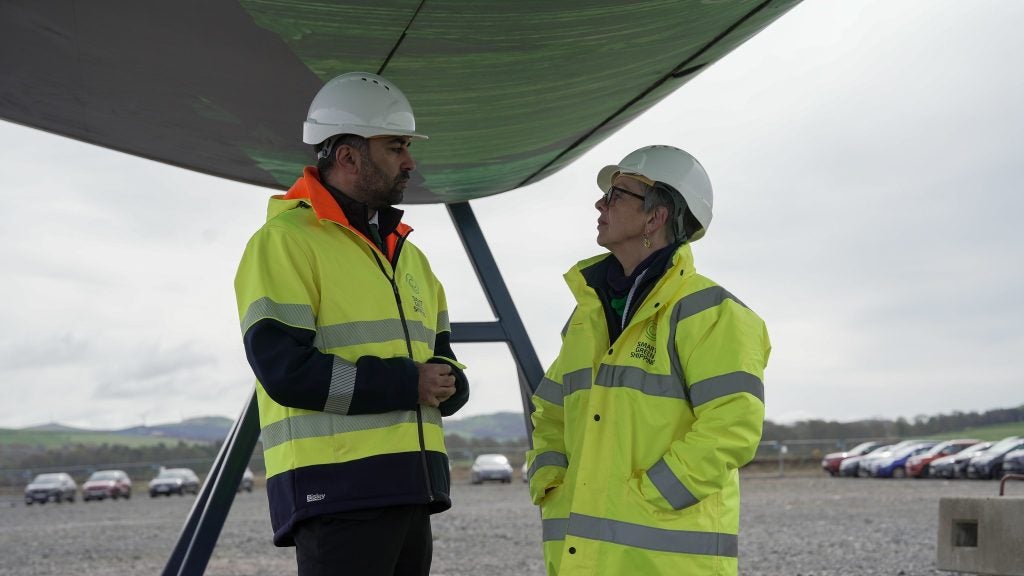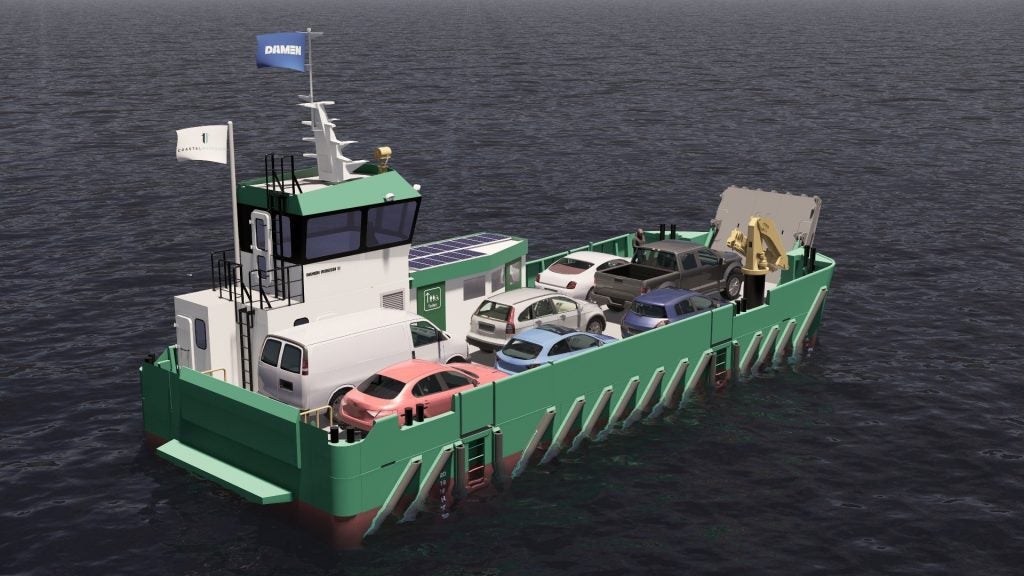

“I was on a ship and in order to look at the read outs of equipment and to operate [it], you had to be like an octopus.” It comes across as slightly tongue-in-cheek, but Allan Graveson, senior national secretary at Nautilus International, is deadly serious. “When you come to the bridge layout itself, a pair of running shoes wouldn't go amiss. I'm just surprised there aren't more accidents.”
Graveson is speaking on the topic of human failure on ships; the hook being a report from maritime safety company Propel that claims human failure is still top of the agenda when it comes to reducing accidents at sea. Speaking in June, Benedikte Wentworth, Propel CEO, said: “Collaboration, trust and engagement of all personnel – ship and shore – are vital to reduce major accidents. The whole industry needs to change its focus when it comes to improving maritime safety.”
It’s a bold assertion and one that opens an interesting thread of debate: technology on ships is seen as par for the course in the 21st century, but is the environment becoming too complex for seafarers?
Bigger ships, added complexity: a dangerous combination?
It’s imposing, making man and woman seem insignificant in its wake: the OOCL Hong Kong, classed as an ultra large container vessel. At 399.87m long and with a capacity of 21,413 twenty-foot equivalent units (TEU), it stands as the world’s largest container ship.
See Also:
Of course, not all vessels reach such Olympian heights, but the OOCL Hong Kong represents a new breed, one that over recent years has become known as the ‘megaship’. But what of the humble seafarer who has to work on these floating giants of steel?
How well do you really know your competitors?
Access the most comprehensive Company Profiles on the market, powered by GlobalData. Save hours of research. Gain competitive edge.

Thank you!
Your download email will arrive shortly
Not ready to buy yet? Download a free sample
We are confident about the unique quality of our Company Profiles. However, we want you to make the most beneficial decision for your business, so we offer a free sample that you can download by submitting the below form
By GlobalData“As ship sizes and complexities of operations increase, the risk of major accidents has increased due to higher potential consequences,” Wentworth said in June. But what are the consequences? “Looking at the data, we have reduced the total loss frequency [of ships],” explains Didrik Svendsen, partner and senior consultant at Propel, “but if you look at the consequences, it's the size and reputational [problems] that have gone up. It's more a risk now than it used to be.”
As Svendsen alludes to, total vessel loss has decreased. The Allianz Safety & Shipping Review 2017 states that 85 large vessels (of 100 gross tons) were reported as total losses in 2016, down 16% compared with a year earlier, and 50% over the last decade. Casualties have also declined year-on-year by 4%, with 2,611 reported in 2016.
Taken on its own, it is promising, but there’s genuine concern in some quarters that seafarers are struggling to adapt to an ever-changing work environment – both the size of ships and complexity onboard, such as electronic chart displays for navigation. According to the Allianz review, human error accounted for “approximately 75% of the value of almost 15,000 marine liability insurance claims over five years; equivalent to over $1.6bn.”
“I'm just surprised there aren't more accidents,” says Graveson, who adds that people often “focus on the immediate cause of an incident, not the roots causes of it”. And, then there’s the potential for over-reliance. Captain Rahul Khanna, global head of Marine Risk Consulting at Allianz Global Corporate & Specialty, spoke of this earlier this year, saying that “the shortcomings and limitations of technology” must be understood, adding: “Sometimes replacing common sense decisions with digital inferences is not such a good idea.”
Technology for maritime training
This school of thought is backed by Mark Johnson, counsel in the shipping group at Reed Smith, who argues that information can be misunderstood, as people “add their interpretation to it”. He continues: “Modern technology does assist people, but only if they get the right training. You shouldn't be making your decisions based on one bit of information here or there. It's about looking at the bigger picture.”
Training is, therefore, a key plank of the debate – it has to keep pace with technological change. In essence, it actually calls for more technology to be used, most notably simulators, to enable seafarers to understand the look and feel of systems before they board a ship.
“How effective is training?” asks Svendsen. “Are we measuring learning? I think we are still in compliance mode. If an inspector finds a gap in competence, you are sent on a training course. Although if that course doesn't provide the training you need, it's not effective.
"Simulations are [important]. There's a bunch of new technology coming in to improve training. I think one thing is to [change the habit] of ticking boxes and seeing training as just compliance.” Svendsen also believes “we have to get deeper into learning analytics” to understand how people learn. There are, he adds, some mandatory training courses that are more about compliance and not necessarily the need.
Adopting a human-centred design approach is also paramount. ‘User-friendly’ is not the most attractive of statements, but it goes to the heart of what is required. “You might implement something that is counterintuitive,” adds Svendsen. Johnson, a former mariner, agrees: “As more systems are coming onboard, the way that information is presented is improving. Again it comes back to how it is set up.”
The drive for autonomy: a drop in human error?
The well-documented prospect of autonomy is also part of the mix. As ships become ‘smarter’, it’s realistic to expect more training to cope with the myriad of systems onboard, but also consider that less direct human-interaction will be needed as autonomy takes over.
"If you remove humans you will by definition reduce human failure,” says Johnson, “but as you do that you will expose the element of system failure. There could still be elements of human failure associated with how something is implemented into a system, or how a human interacts with a system if we're talking about remote control. If you go fully autonomous it would be more machine failure.”
There’s a mixture of fascination, intrigue, but also apprehension. The state of flux is keenly felt. No one quite knows how it will play out – cue plenty of ifs, buts, and maybes.
“Smart shipping, as it becomes more integrated, might be some assistance,” says Graveson. So, is he confident human failure will reduce? “No. I don't see that being the case in 20 to 30 years. Technology will take time to develop, embed and be accepted. There's that hurdle to move against.”
Graveson is also concerned about the wellbeing of seafarers. “I don't think they are very happy. It's been a long, long while since I met a happy seafarer. There's no problem attracting people to the sea, but retaining is a very difficult issue. It could be an awful lot better than it currently is. We should not have to deal with this in the 21st century.”





